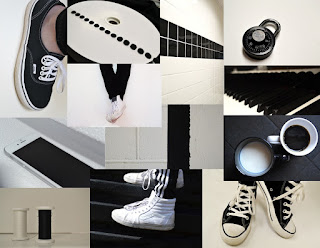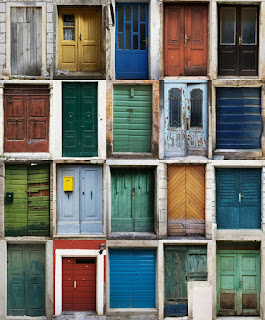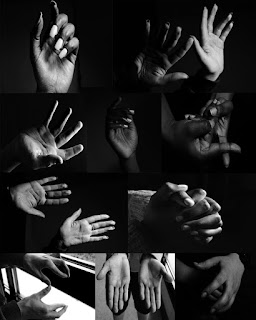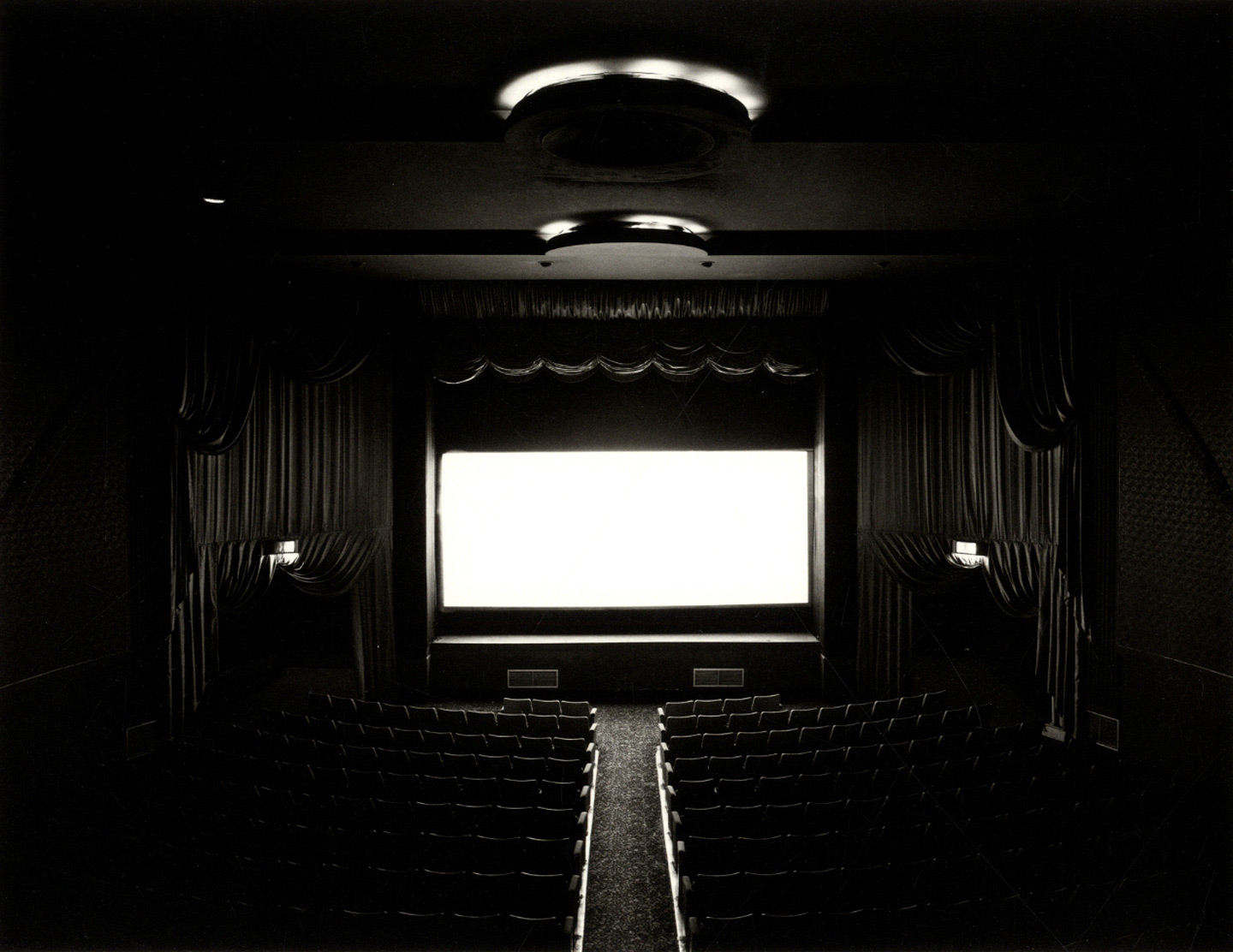Below is an example of a series of work with an artist statement. Reading through the artist statement, what are some things that you notice? How does it relate to the series? What does it tell you? What doe sit not tell you?
Series Title: Where (I) Am (I)
Through the process of collage, done both physically and digitally, I am addressing the
idea of place and what that means to myself. Combining imagery from my everyday life, with
completely different imagery from places I have traveled, the scenes created are surreal and
create questions of where I am versus where I want to be. Memory also plays a key role in the
work, specifically in choosing imagery. By disrupting scenes from my everyday life with images
from my direct experiences in other locations, each piece is personalized towards my own
memory and perception of the place, further juxtaposing where reality is and what I want to
experience. By collaging the pieces, the ideas formed in each builds off of one another. In this
way, I learn through the physical process of collage about larger ideas and ways of
demonstrating these ideas through the medium.
The photographer Jane Yudelman also has various artist statements for a number of her works.




Project Statement: “Route 1”
Anyone who knows Maine also knows that one can spend many hours in a car. The Route 1 series initially emerged from this simple fact, but has since evolved into an ongoing body of work in which the act of moving from one place to another, be it by car or foot or other means, is crucial to the creation of the images.
Each image in this series is taken while in motion and is thus shaped by velocity, time, terrain, road surface and the camera’s shutter speed. While moving, I am forced in a split second to reduce passing scenery to its essential visual elements and as I press the shutter, I allow the complex motions of the vehicle or the body to accentuate the basic forms, colours and textures of nature.










